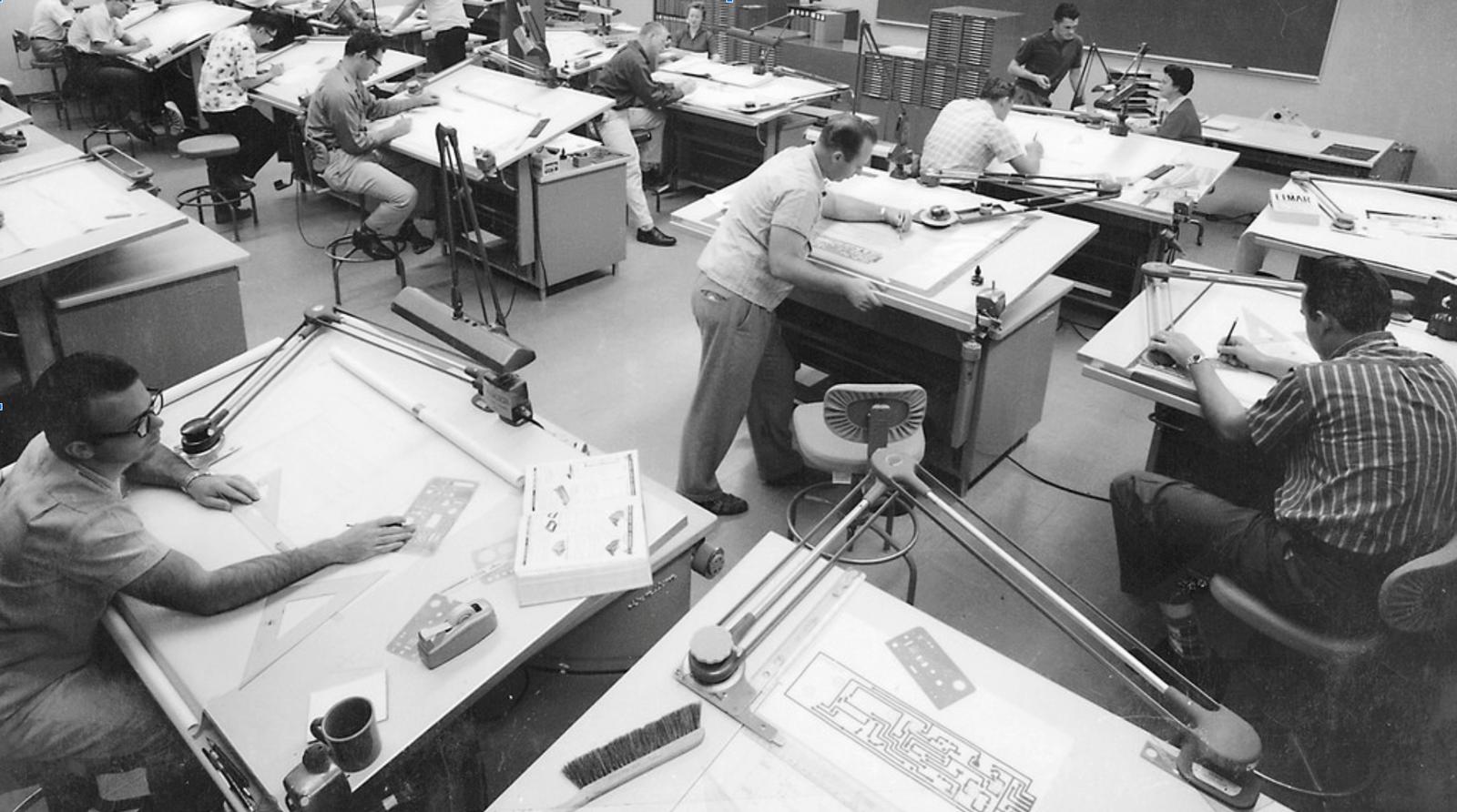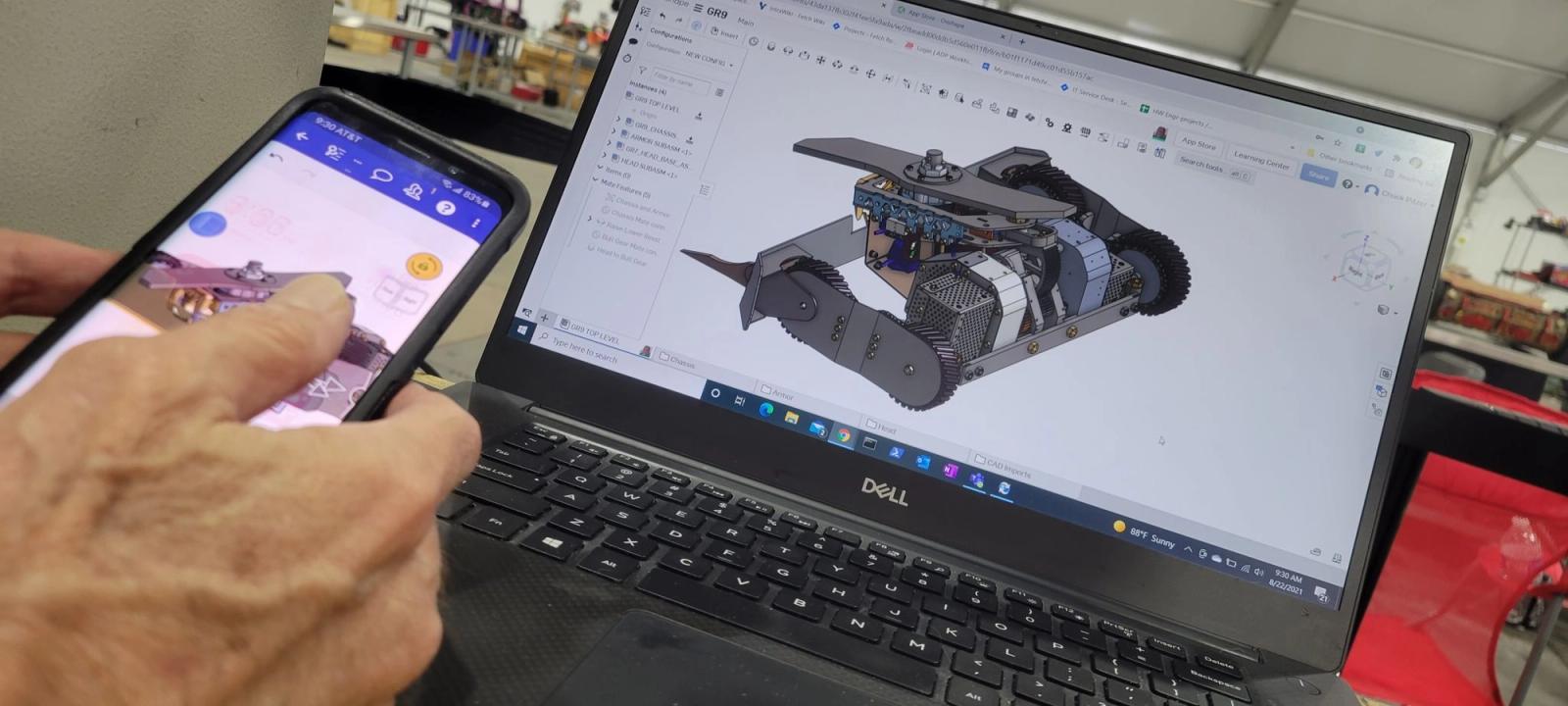
3:48
If you work in product development, you’re likely managing your most valuable asset – your design data – with a file-based data management system that was supplied by a CAD or third-party vendor.
What does it matter and why should I be concerned?
Regardless of vendor or method, the primary role of data management software is to manage and organize the complex interdependencies that 3D CAD creates between parts, assemblies and drawings, some of which may not be so obvious. Managing these interdependencies can only effectively be achieved using data management software, or better yet, a data management platform.
Traditional Approach to Data Management
Before digital design tools were developed, data management consisted largely of managing physical drawings that were stored in cabinet drawers.
With the advent of digital design, a file-based data management approach was developed by storing data in separate computer files defined and managed by different application programs to perform various tasks.
Most experts would agree, however, that computer files are an extremely insecure method of storing data. Files are easily misfiled, corrupted or overwritten. Managing files using Windows File Explorer or other file managers is inefficient, especially when you’re trying to find the latest revision of a drawing or you have multiple designers working on the same project.
This error-prone file scenario is the reason why every CAD vendor has its own bolt-on PDM. This add-on software is an extra cost that works with the vendor’s proprietary file format, which adds to the total cost of ownership.
For future CAD updates and maintenance, many third-party PDM systems are unable to keep up. Instead of updating the PDM system at the same time, the traditional practice is to wait and react to changes in the updated CAD system.
In other words, integration is hard to maintain between file-based CAD software and a tacked-on PDM system, which in turn causes a lengthy annual upgrade cycle.
A time without CAD or PDM.

Modern-Day Data Management
On the other hand, Onshape doesn’t use files like traditional CAD systems do. Onshape’s distributed database architecture stores all design data in modern NoSQL databases. These databases use geographically distributed servers with multiple replicas for high availability and are backed up every four hours for disaster recovery. Backups are restored every three weeks and every model is automatically checked for integrity against new versions of Onshape software. This also ensures that functionality introduced in new releases will not break existing models.
Unlike its competitors that tack on data management to core CAD products, Onshape is different because data management is integral to the way its Software-as-a-Service (SaaS) technologies have been developed. Onshape developed its data management layer first, then built its CAD functionality around that to create a cloud-native, file-less data management platform.
Foundation Built on Security
Onshape is a modern, secure Software-as-a-Service (SaaS) product development platform that was designed from the beginning to address the visibility, flexibility and control issues that cause the security problems inherent to traditional CAD systems.
Product design is conducted through standard web browsers such as Chrome, Firefox and Safari on desktops/laptops as well as through fully functional apps (not just viewers) on iOS and Android mobile devices. CAD data never leaves the secure cloud environment unless permission to export has been explicitly granted by the data’s owner. Everyone working on a project is always collaborating on the latest design. All data access is recorded in a permanent audit trail. Multiple users can securely collaborate on the same design simultaneously from any location that has internet access.
There are definite advantages to Onshape’s file-less data storage. First, there is a central data store so anybody can get the data they need without having to worry about where files are located. Second, the graphics are cached WebGL files and are sufficiently hidden and obscured so that they can only be opened by the installed CAD system (in this case, Onshape) and, therefore, can’t be emailed.
Onshape securely and efficiently manages data with no manual upgrading or maintenance overhead.
Onshape is a modern approach to CAD and PDM.

Security on Top of Mind
From the beginning, Onshape was created specifically to address the shortcomings of traditional CAD and data management systems. Onshape’s data management platform is comprised of several modern computing technologies that provide visibility and insight into all phases of the design process. Secure access to design data from any location and any device provides engineers the flexibility to do their best design work.
Learn more about the difference between file-based data management systems and Onshape’s cloud-native approach.
Leader's Guide to Data Management eBook
Learn how cloud-native design tools eliminate the bottlenecks of traditional PDM systems.
Latest Content

- Case Study
- Industrial Equipment & Machine Design
Reframe Systems: Transforming Homebuilding with Digital Automation and Cloud-Native Onshape
09.25.2025 learn more
- Blog
- Becoming an Expert
- Assemblies
- Simulation
Mastering Kinematics: A Deeper Dive into Onshape Assemblies, Mates, and Simulation
12.11.2025 learn more
- Blog
- Evaluating Onshape
- Learning Center
AI in CAD: How Onshape Makes Intelligence Part of Your Daily Workflow
12.10.2025 learn more
- Blog
- Evaluating Onshape
- Assemblies
- Drawings
- Features
- Parts
- Sketches
- Branching & Merging
- Release Management
- Documents
- Collaboration
Onshape Explained: 17 Features That Define Cloud-Native CAD
12.05.2025 learn more



